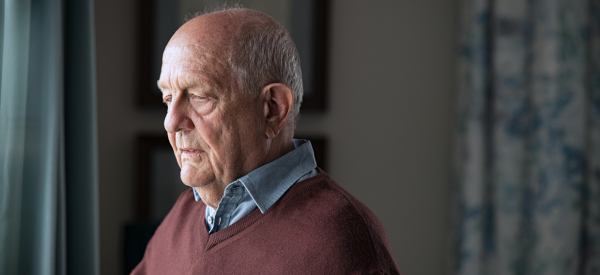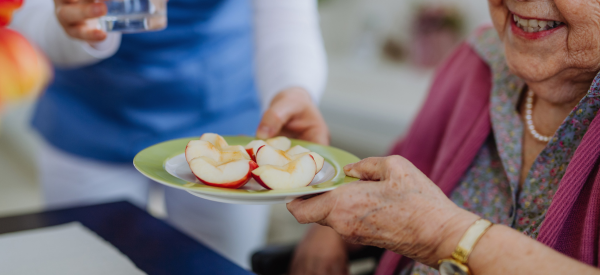Rheumatoid arthritis is an autoimmune disease in which the immune system attacks the joints. The result is joint inflammation, pain, and swelling primarily in the hands and feet.
Rheumatoid arthritis (RA) can also affect organs like the skin, eyes, lungs and blood vessels. Left untreated, RA can cause damage and loss of cartilage. Joints become lose and painful, resulting in deformity.
Surprisingly, each person with the disease is affected differently. Oftentimes, Rheumatoid arthritis patients experience episodes of pain and inflammation, seemingly out of nowhere, leaving them wondering how to better manage RA flares. Because doctors have no way of preventing flare ups, it can sometimes be difficult to live with Rheumatoid arthritis.
Below are several tips FHC offers to help manage some of the symptoms and discomfort that comes with RA flares. Expecting days of acute pain and inflammation will actually help you stay one step ahead of the symptoms before they surface.
Manage Stress Levels
Research shows that stress is one of the major contributing factors of joint inflammation and it’s recommended that people with RA participate in activities that help relieve anxiety such as meditation or yoga.
Modify Medication Dosage
Speaking with your doctor about a modification in medicine dosage when experiencing flares could also help alleviate the some of the discomfort you feel during flares, and keep any extra inflammation in check.
Have a Routine
What can also be helpful is establishing a routine to maximize your time. This way you’re able to get things done while you’re feeling most up to it.
Find Your Balance Between Exercise and Rest
We all need proper rest and exercise, but with Rheumatoid Arthritis, it’s especially important to find a healthy balance between staying active and getting enough rest. Sometimes joint inflammation occurs when there’s too much or too little of either one.
Find Ways to Reduce or Avoid Pain During Flare Ups
Arthritis.org suggests applying warm or cold packs to joints during flare ups.
Try administering a warm or cold pack to certain joints to find out which works for you. At best, you might find that it provides some relief when and where you need it most.
Protecting joints in the hands and knees by using a brace may mean getting the most use out of those joints when you need them, while avoiding any more damage from the arthritis.
Consider a Natural Remedy
For some people with RA, taking vitamins, herbs and minerals after consulting a doctor, has also proved helpful in managing symptoms associated with flare ups.
Tips to Managing Rheumatoid Arthritis




